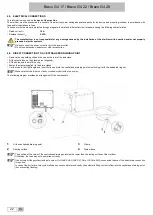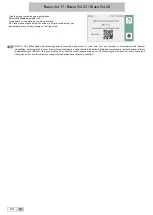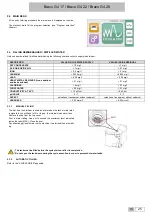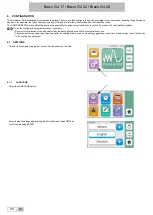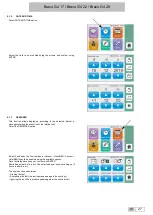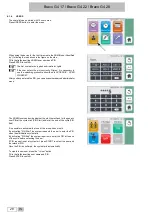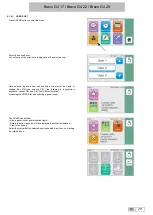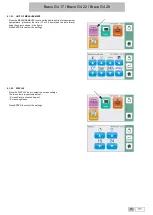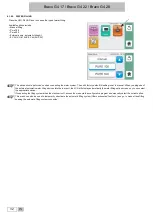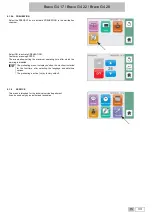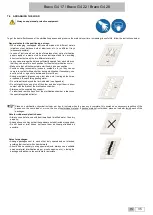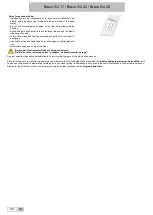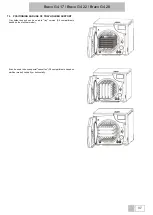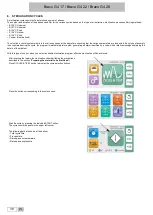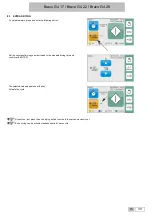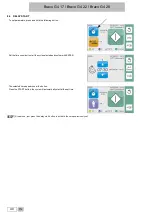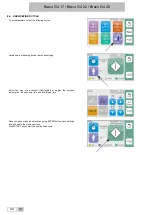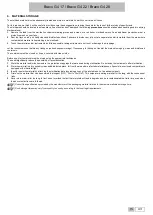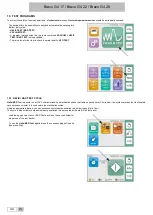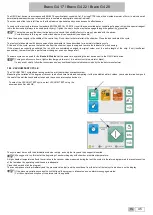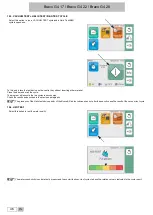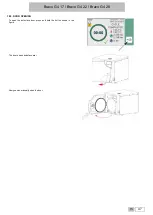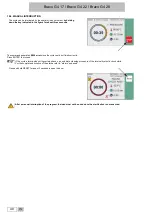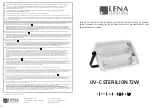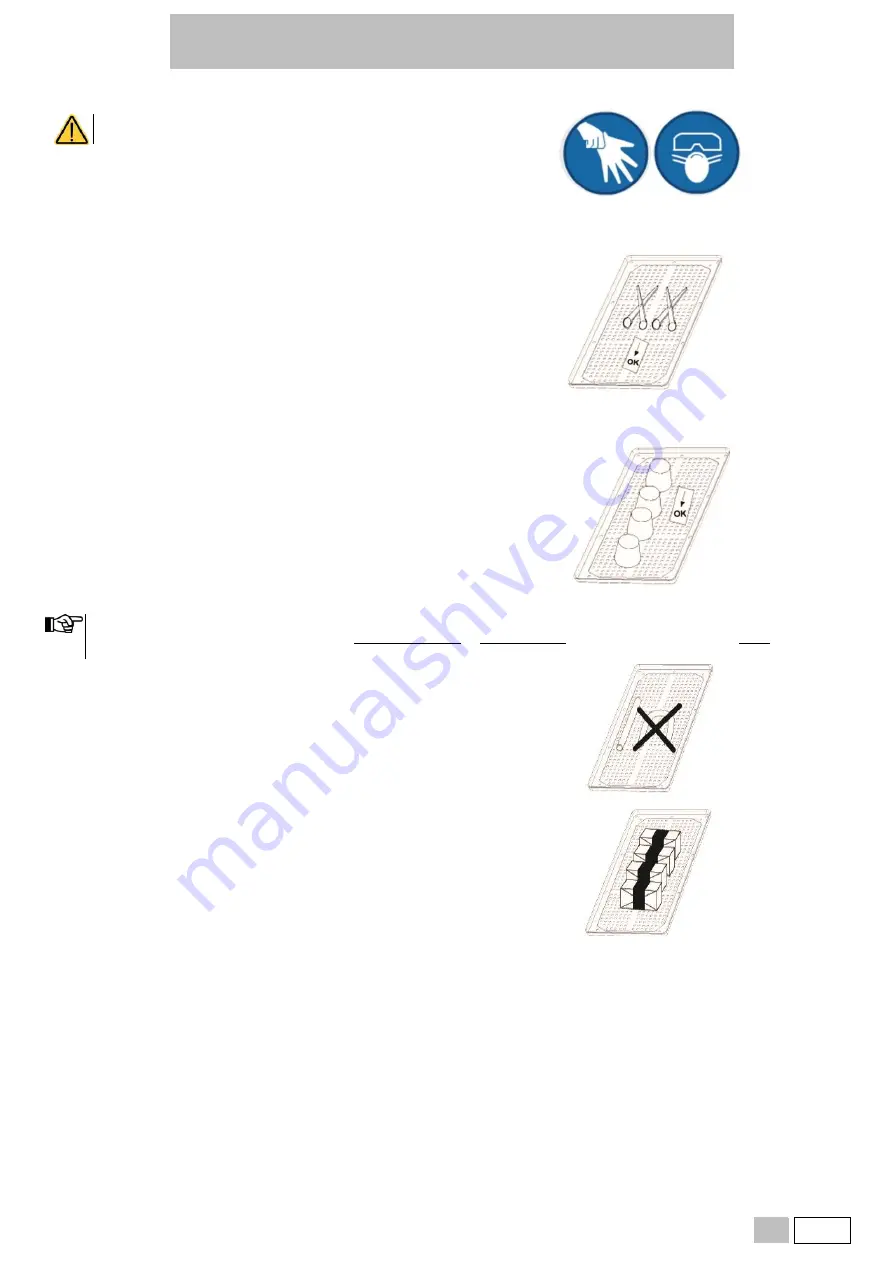
Bravo G4 17 / Bravo G4 22 / Bravo G4 28
EN
35
7.2. ARRANGING THE LOAD
Always use personal protective equipment.
To get the best effectiveness of the sterilisation process and preserve the material over time, increasing its useful life, follow the instructions below.
General notes for the positioning on trays:
•
When arranging unwrapped instruments made with different metals
(stainless steel, hardened steel, aluminum, etc.) use different trays
(whenever possible)
•
In case of instruments not made of stainless steel, put a sterilisation
paper napkin or a muslin cloth between instrument and tray, avoiding
direct contact between the two different materials;
•
In any case, arrange the objects sufficiently spaced from each other, so
that they can remain in such position for the whole sterilisation cycle;
•
Make sure that all instruments are sterilised in an open position;
•
Position cutting instruments, (scissors, scalpels, etc.) so they can not
come into contact with each other during sterilisation; if necessary, use
a cotton cloth or a gauze to isolate and protect them;
•
Arrange recipients (glasses, cups, test tubes, etc.) resting on their side,
or upended, thus avoiding pooling water;
•
Do not load trays beyond the limit indicated (see Appendix).
•
Do not stack trays one on top of the other and do not put them in direct
contact with the walls of the sterilisation chamber.
•
Always use the supplied tray support.
•
To insert and remove trays from the sterilisation chamber, always use
the special supplied extractor.
Place one sterilisation chemical indicator per tray to indicate when the process is complete: this avoids an unnecessary repetition of the
process on the same load or, worse, the use of unsterilised material. If packed material is sterilised, place an indicator inside each of the
packages.
Note for rubber and plastic hoses:
•
Always rinse before use with demineralised / distilled water, then dry
properly;
•
Arrange hoses on tray so that their ends are not obstructed or squashed;
•
Do not bend or twist hoses, but leave them as linearly stretched as
possible.
Notes for packages:
•
Arrange packages next to each other, duly spaced and not stacked,
avoiding their contact with chamber walls;
•
Should it be necessary to wrap special objects, always use a suitable
porous material (sterilisation paper, muslin napkins, etc.), closing the
package with adhesive tape suitable for autoclave.


